research
studies, expertise, consulting
education
workshops, seminars, courses
interpretation
exhibitions, films, publications
studies, expertise, consulting
workshops, seminars, courses
exhibitions, films, publications
In line with the aim of the EYY 2022 and the strategic priorities of the Visegrad Group, the main goal is to involve youth in building a more sustainable and inclusive future for underdeveloped areas in V4+V regions.
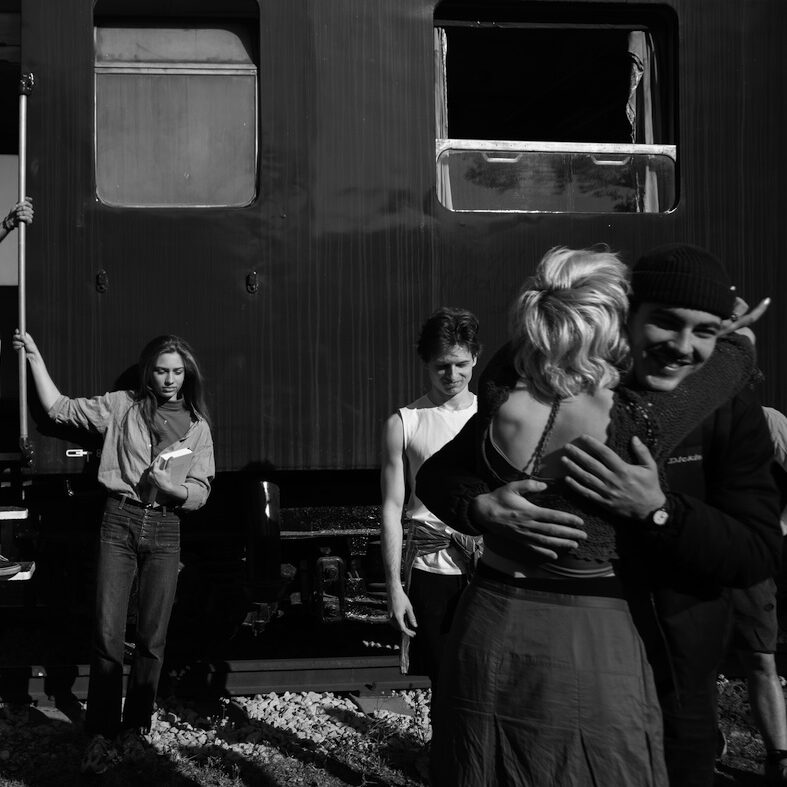
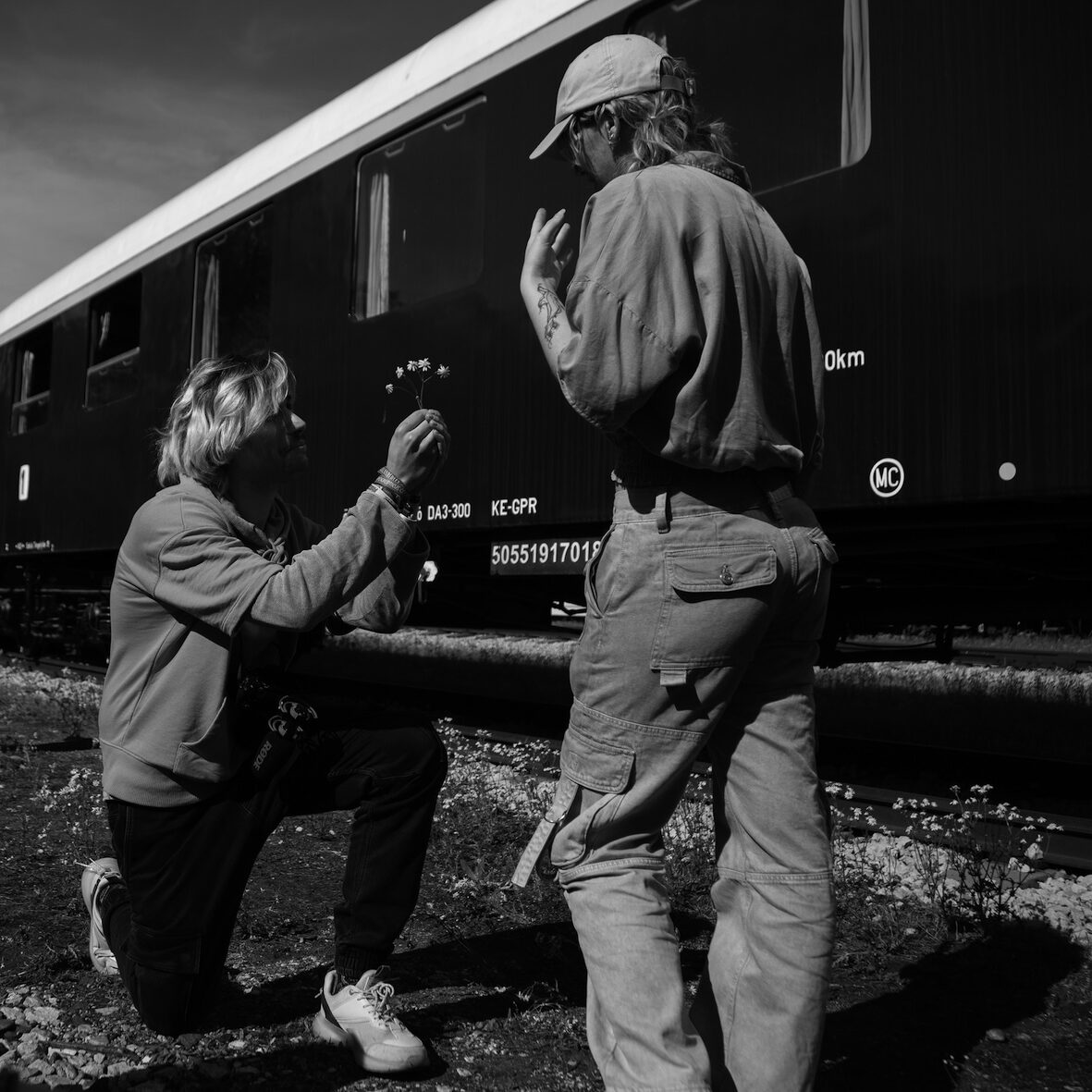

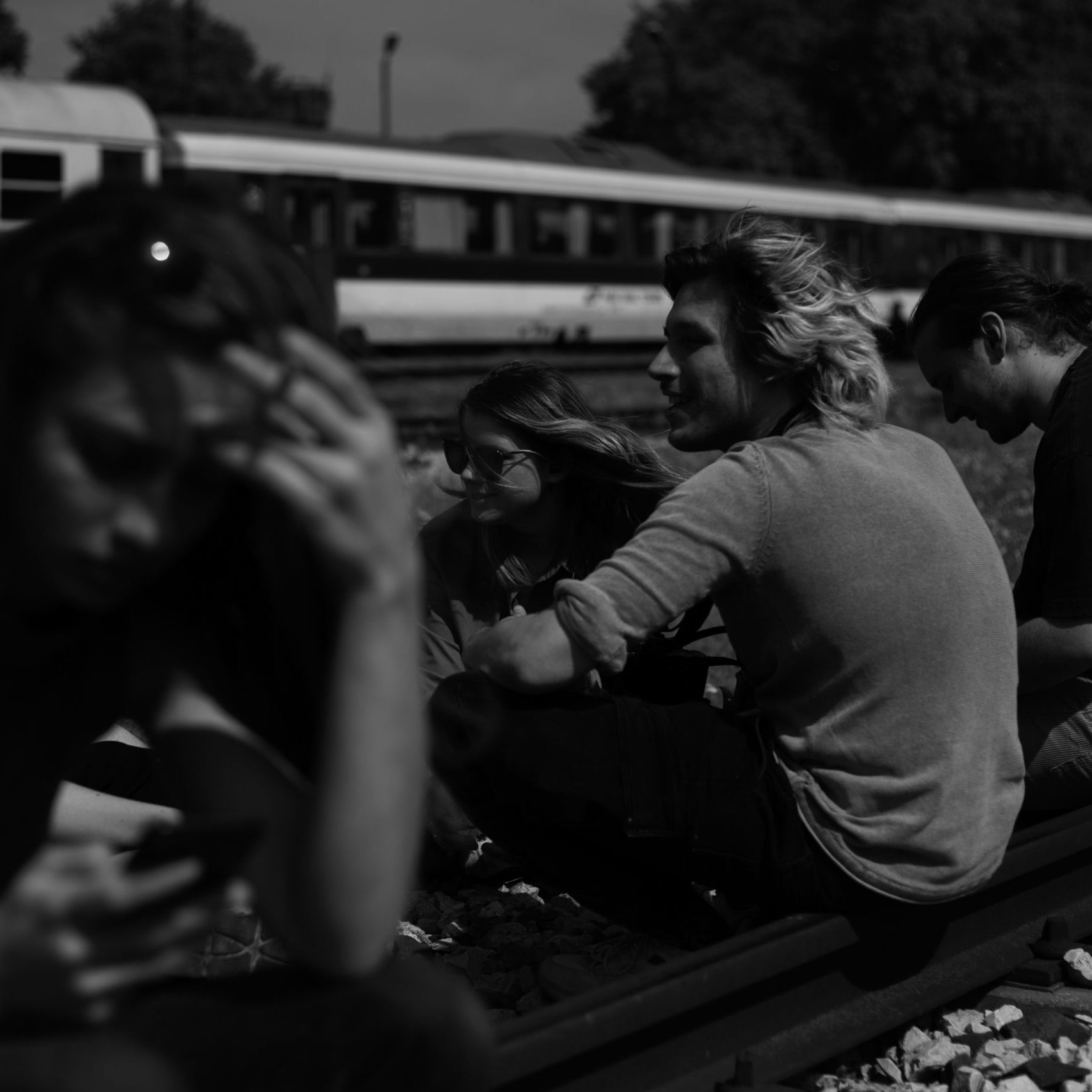
In line with the aim of the European Year of Rail and strategic priorities of the Visegrad Group in 2021, the main goal of the proposed project is to raise awareness about the role of railways for V4 sustainable tourism development, through unique branding and presentation of railway heritage, in situ and on a digital platform.
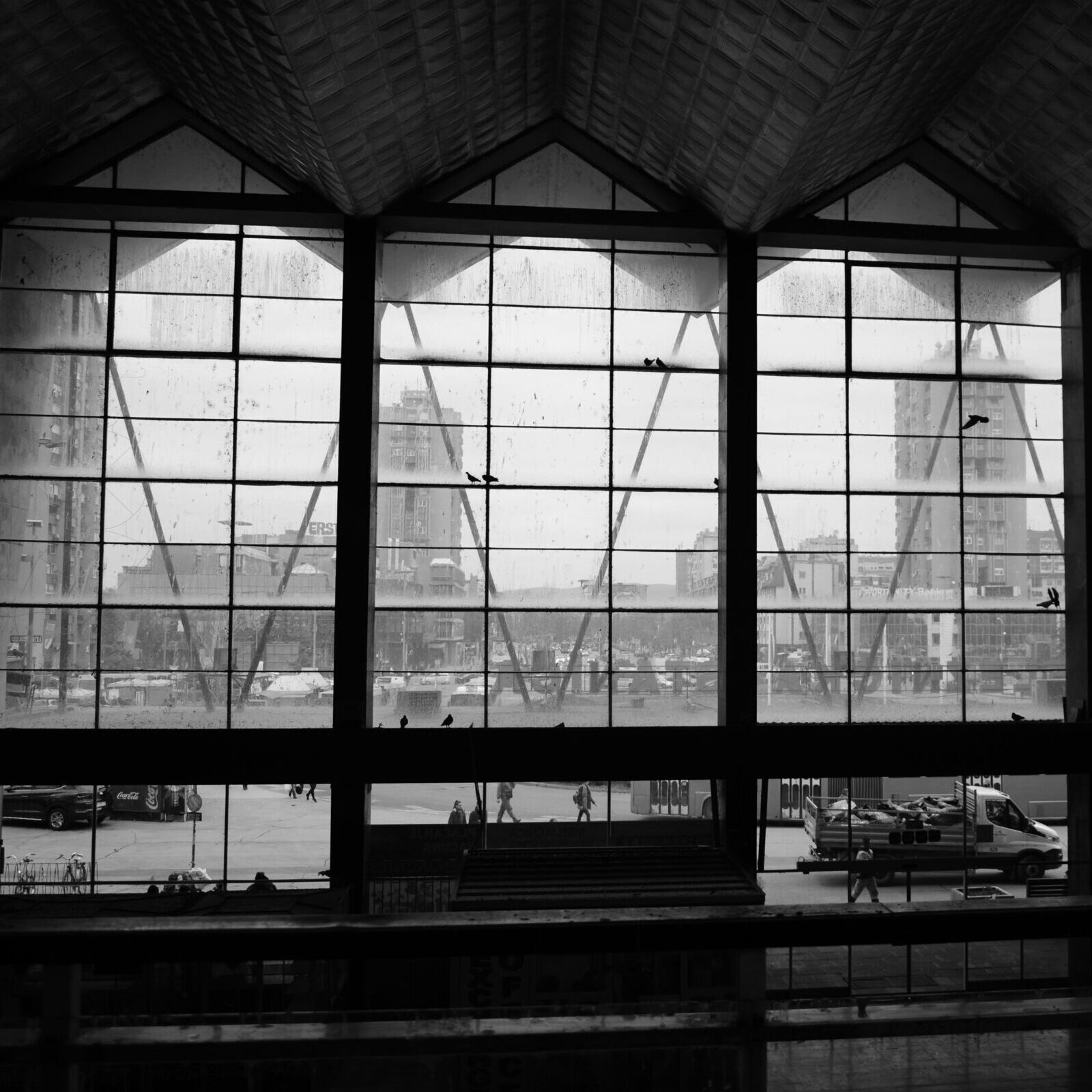
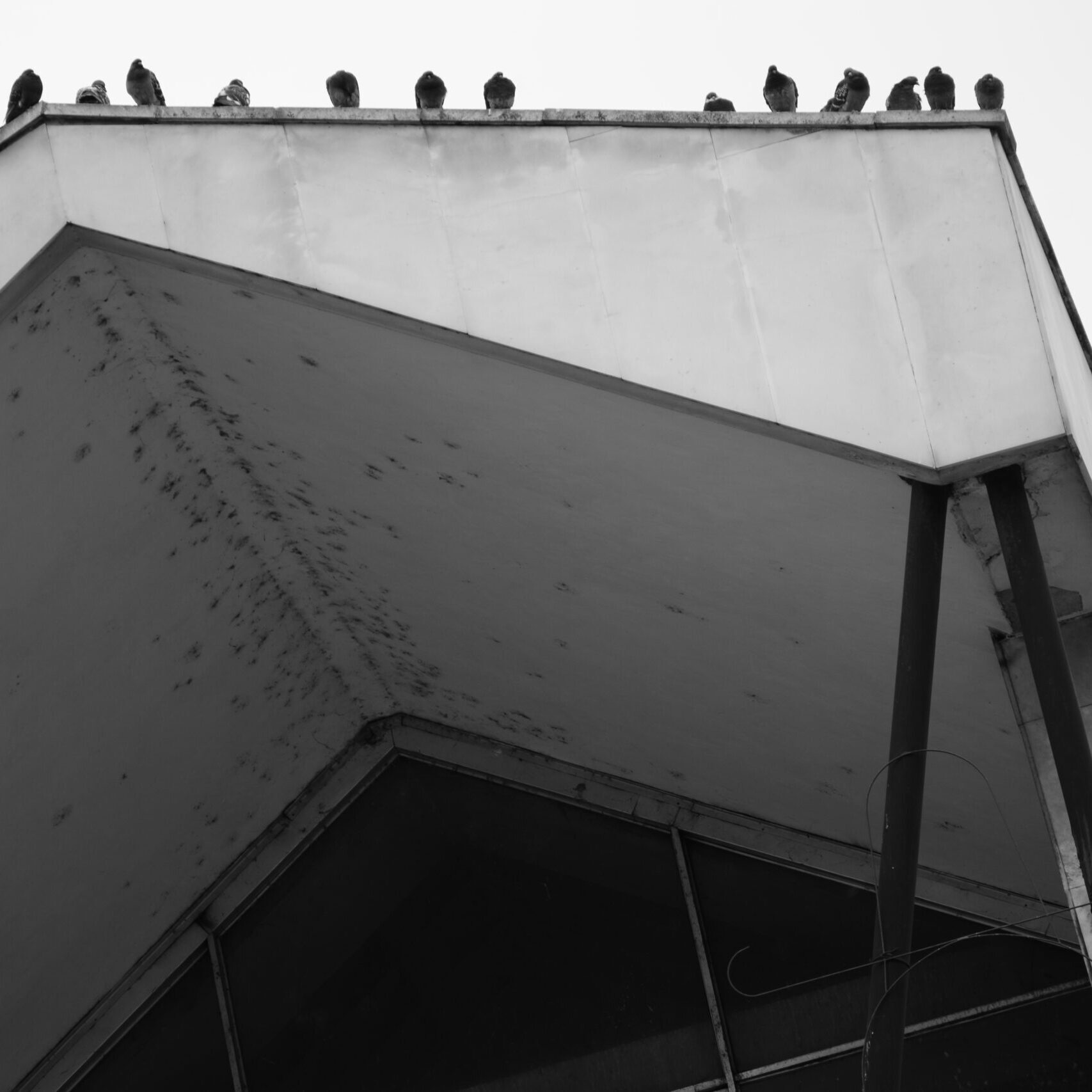
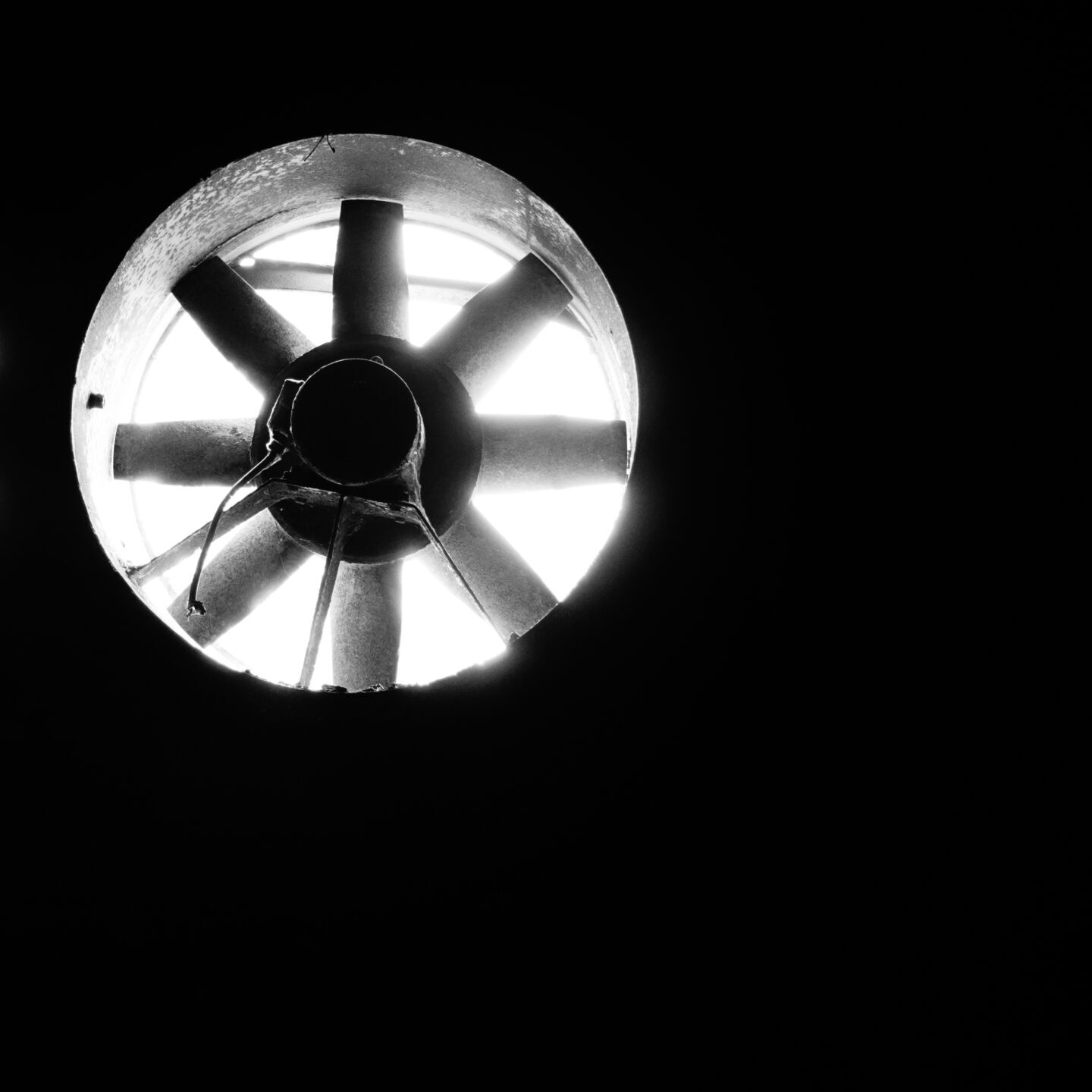
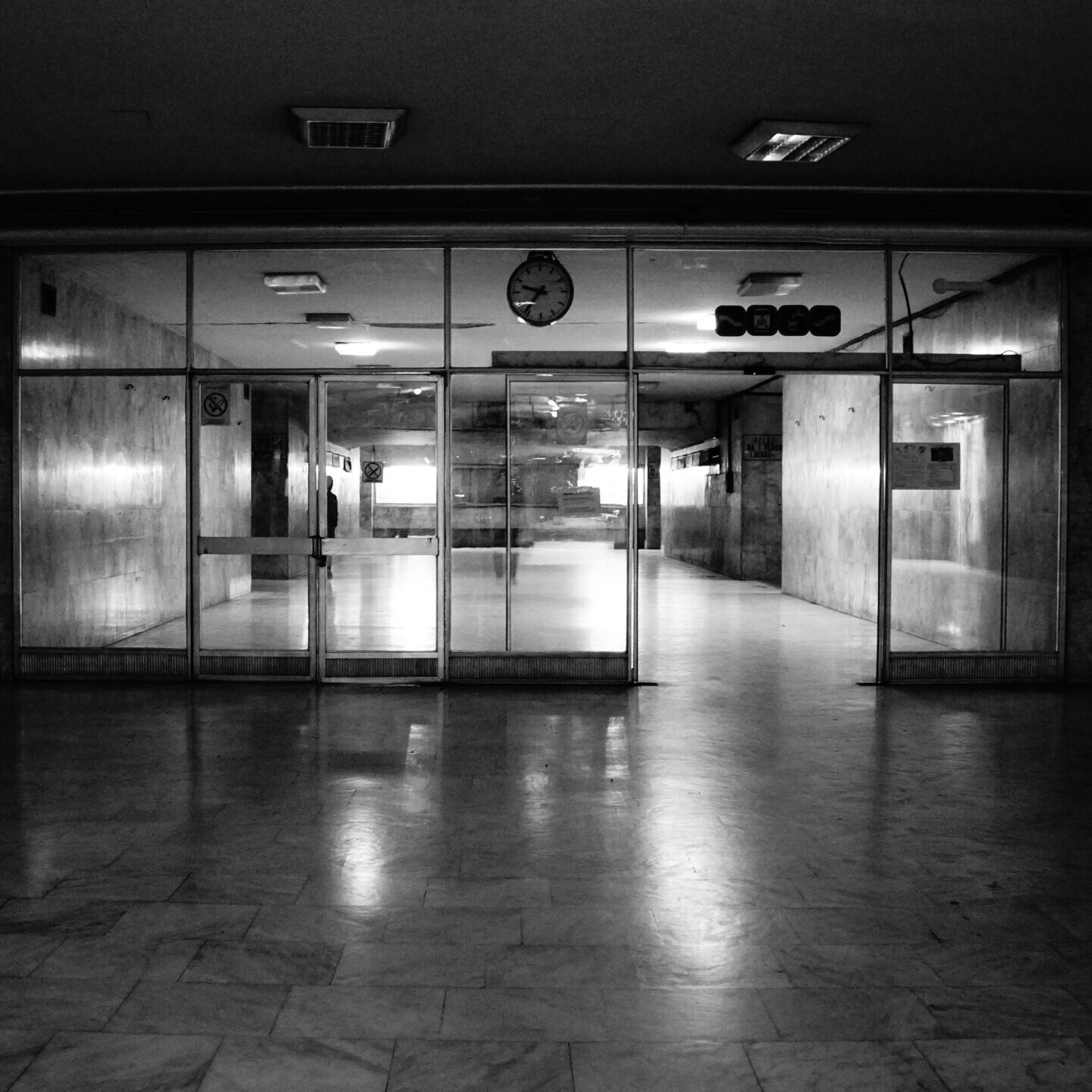
The identity of Veliki Liman, an area that has been organically transformed quite intensively over a century, is determined by a specific way of permeating manufacturing and industrial activities, progressive social ideas and activism, economic and technological achievements, and productivity and creativity, collectivism and individuality.
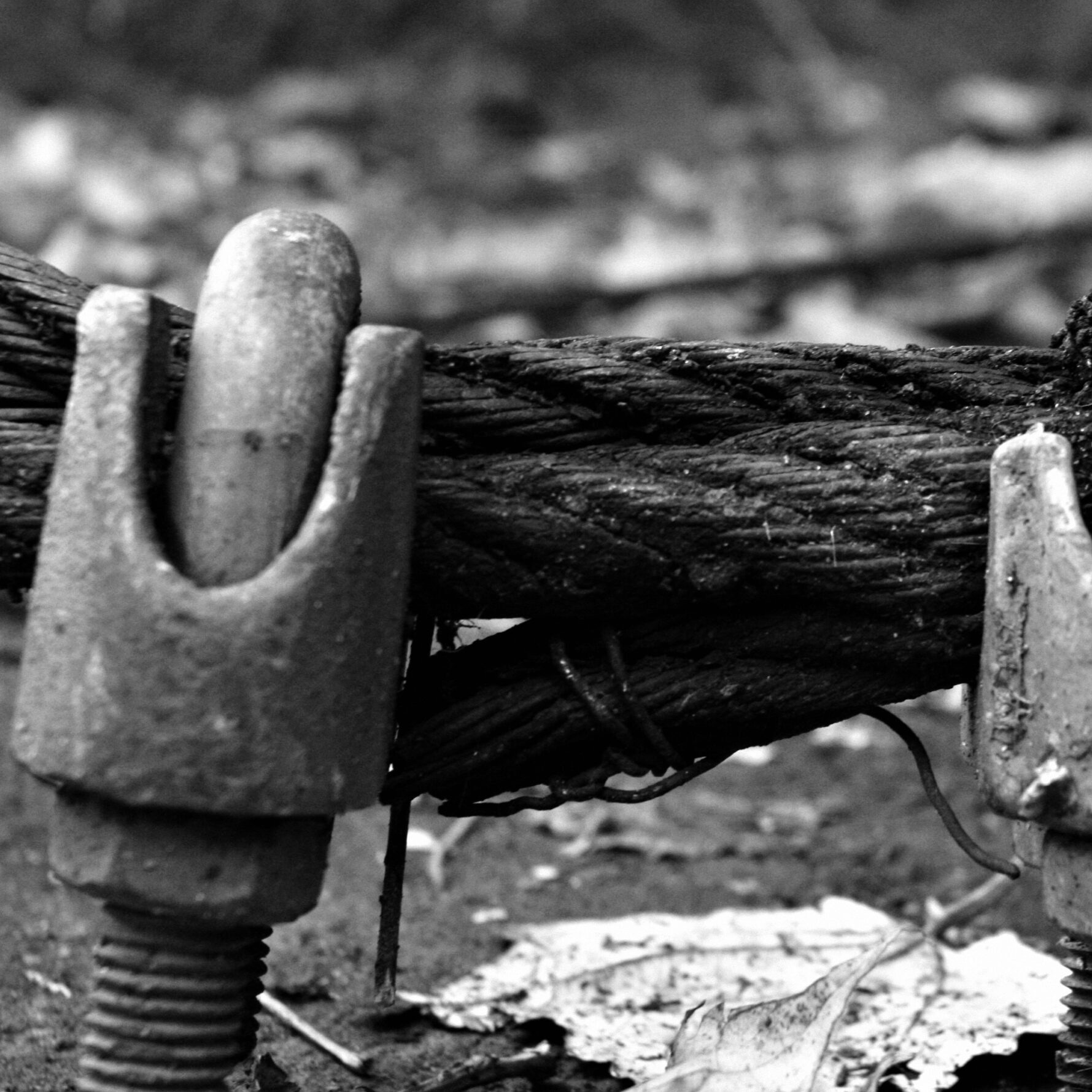

The history of the Banat narrow-gauge railway is a narrative about the rise and development of populated places on the line along which it operated. That line stretched between the then county centre, Veliki Beckerek (today Zrenjanin) and Zombolj (today Jimbolia, Romania), the seat of one of the wealthiest Banat landowners, the Cekonjic family.
In the European year of Rail we have the opportunity to contribute to the popularization and preservation of railway heritage in our area and to make it accessible to wider sections of society.
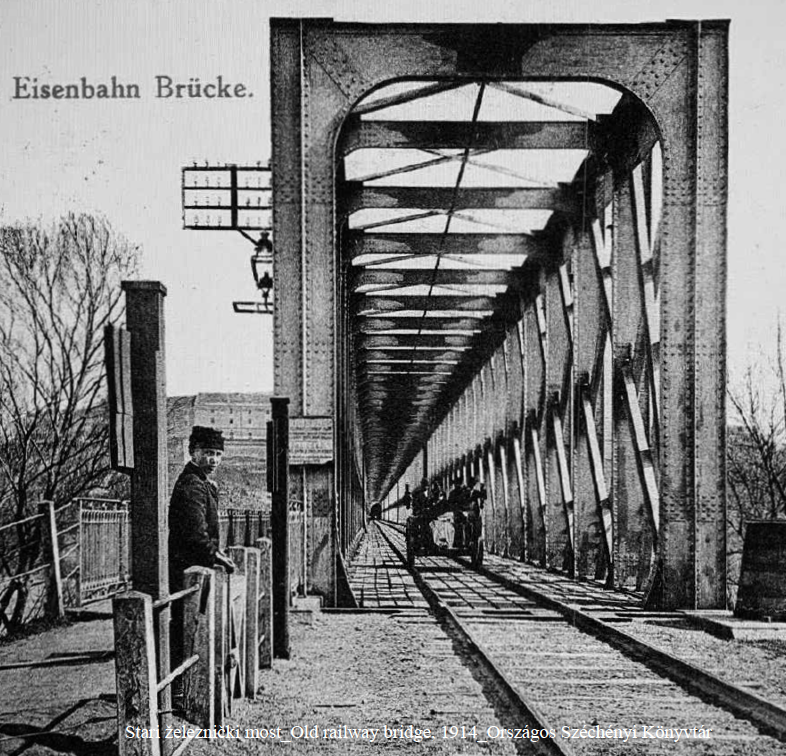
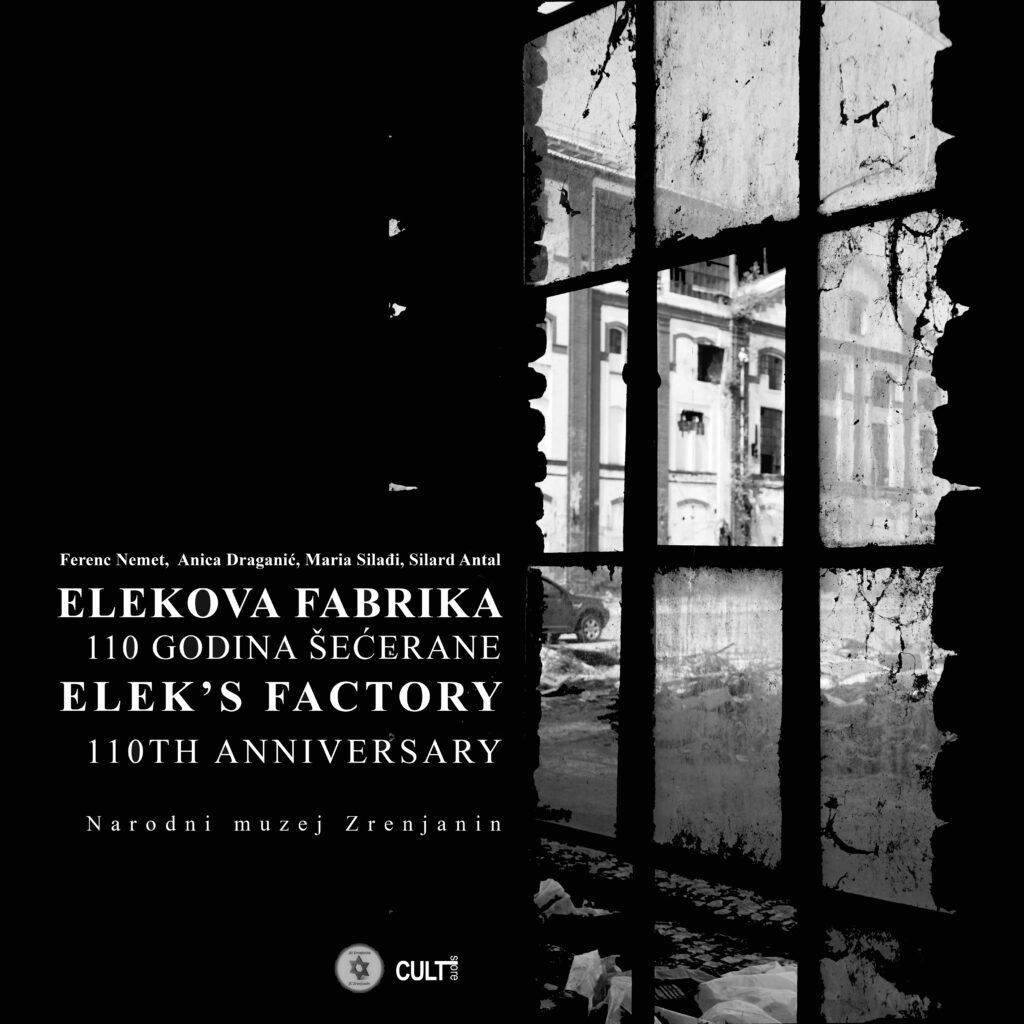
On the occasion of the 80th anniversary of the deportation of Jews from Zrenjanin and Banat, on August 18, 2021, at 12 p.m., as part of the Stolpersteine program, the exhibition Elek’s Factory will be opened at the National Museum Zrenjanin.
Documenting cultural heritage is an important part of the process of its identification and protection, which is sometimes a particularly demanding task due to the nature of certain types of heritage. What are the benefits of audiovisual documentation?


Deciphering the remaining signs of the Jews by the biographical reconstruction of history, the authors pointed to prosperity, and then to the tragic fate of the Jewish community in Novi Sad.
Looking to the future, we recognized the potential of the Cultural Station Svilara in creating creative energy at a higher level, through a kind of creative hub.
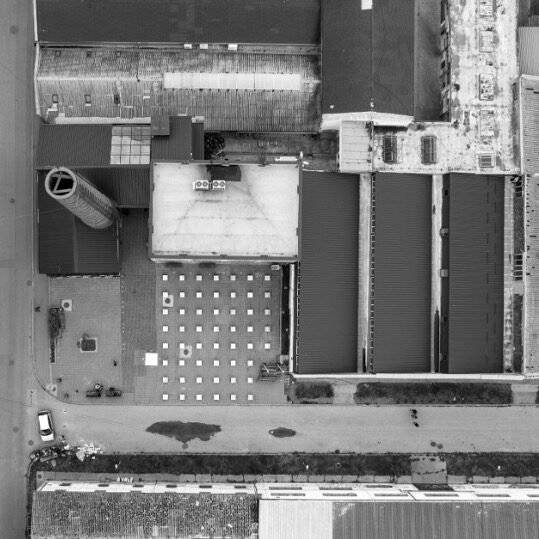
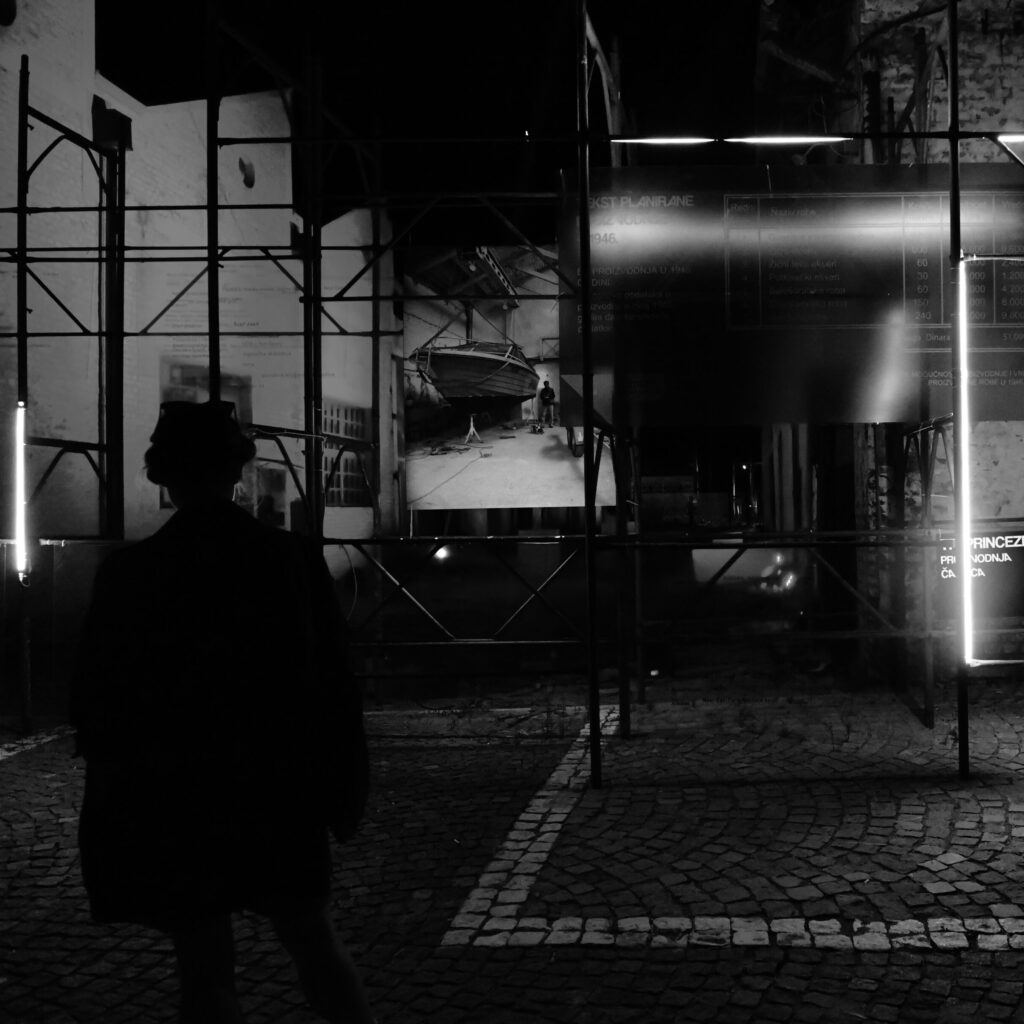
The exhibition visualizes organic changes in the purpose of historical buildings in a unique way, from their construction in the 1920s to what they are currently being transformed into.
Stevana Doronjskog 3, 21000 Novi Sad, Serbia